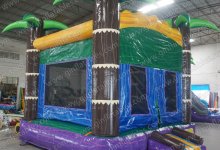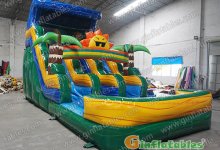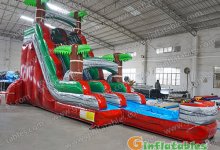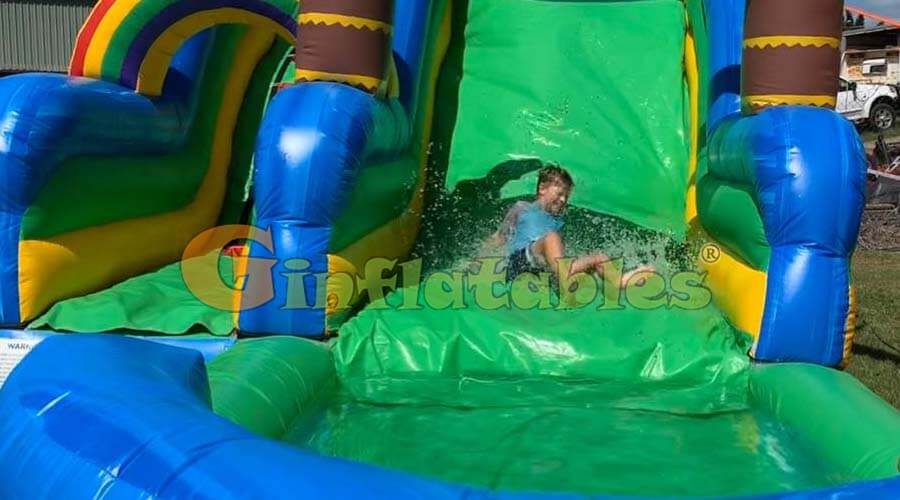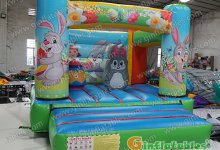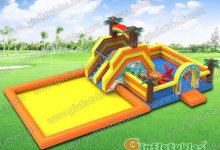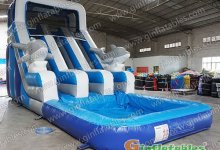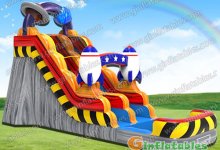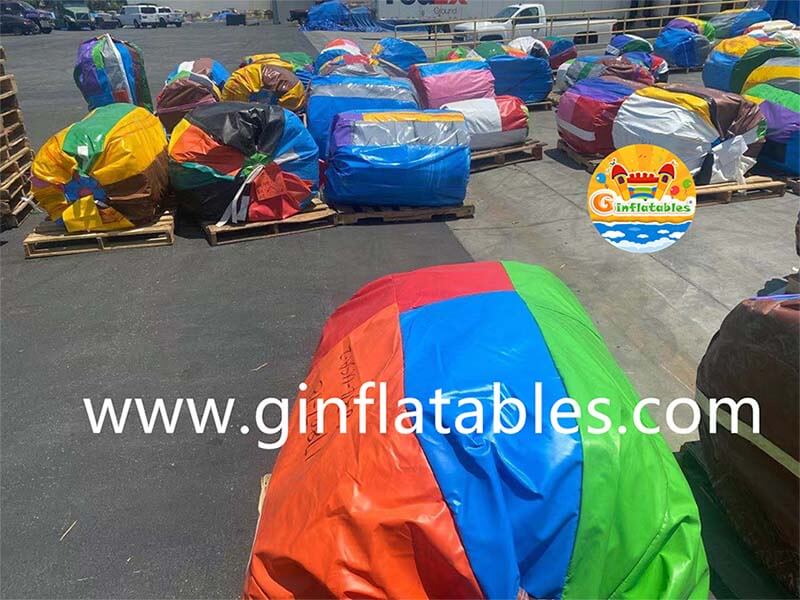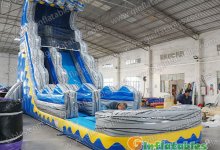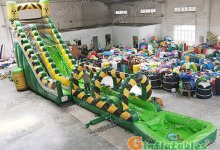Inflatable water slides are temporary structures made for children's amusement. People often rent them for various occasions like town fairs, schools feats, picnics, backyard parties or corporate events. These are portable and easy to store which is why these blow up water slides are a perfect choice for leisure and pastime. In recent years, the inflatable industry has seen tremendous growth and come up with innovative slide options for children and adults.
Electric blowers or petrol-powered blowers are used to inflate the water slide. The slide's surface, as that of water slides from Ginflatables, are made with heavy duty vinyl, PVC or nylon materials. For the longevity of the product, it is sown together with multi-filament nylon thread by skilled manufacturers.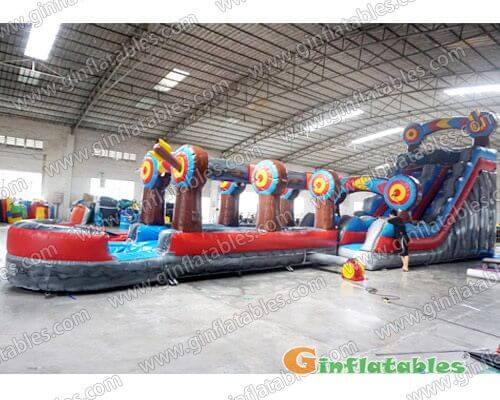
Inflatable water slide: Structure
The composition of the slide begins after colours and configurations are set up, following the fact that these water slides come in various shapes and designs.
There are three main elements in a water slide. The body, the slide lanes and the climbing ramp. The body provides a safe base. The unit depends on it for complete support. Vinyl material is used to coat the side lanes of the slide to make it extra slippery. The climbing ramp is mostly situated along the side lanes, it can also be at the back of the slide. The ramp is designed to give the participant a convenient way to climb to the top of the unit with ease.
How are wet slides and dry slides different?
Fundamentally, the general configuration, design and construction of both these slides is similar. However, the final products are quite different from each other. Both these slides are designed to be made with splash pools and waterproof sheets at the base of the side lanes. But only wet slides come with an extension or a loop close to the top of the slide, to allow the water hose in. The water pipe's location helps in making sure the slide is wet which makes slipping fun.
The dry slide on the other hand, may have an inflatable wall or high bumpers to make the experience delightful.
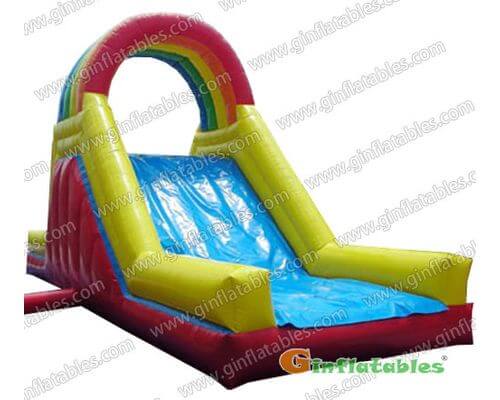
Wet slides are summer favourites since they can be connected to the backyard swimming pool. Whereas dry inflatable slides are winter delights because they don’t use water for the excitement factor.
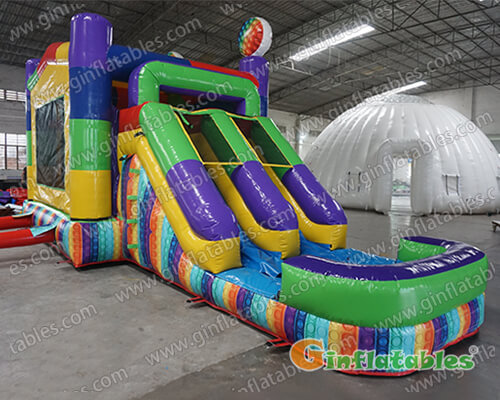
What is interesting is that a wet slide can be used as a dry slide. You must simply avoid the use of water. Remove the splash pool and the wet slide can be used as a dry-only slide whenever required. This feature makes the wet slide incredibly versatile.
On the down side though, wet slides are at a higher risk of mildew and molds. In this sense, dry slides are at an advantage. In addition to that, using and storing a dry slide is much easier.
Dry slides enjoy popularity in backyards and schools etc. Contrary to that, wet slides have certain requirements in relation to the place and available area to be used.
 Ginflatables KB
Ginflatables KB